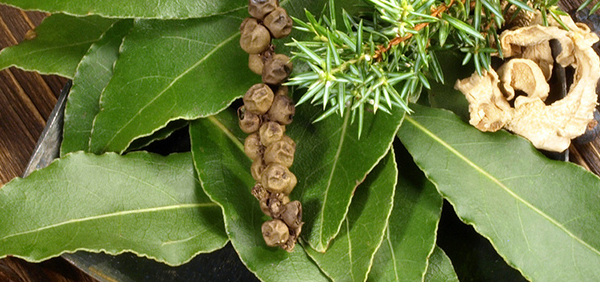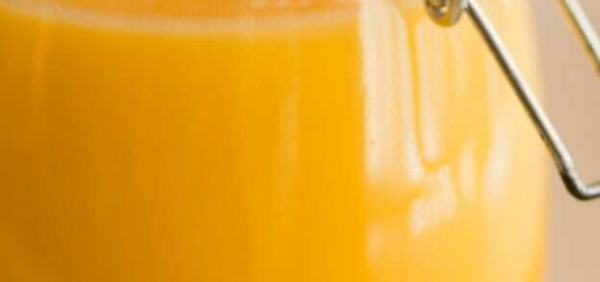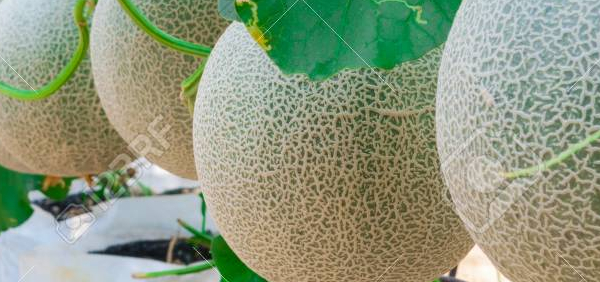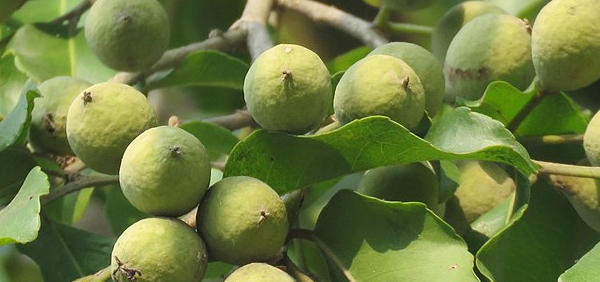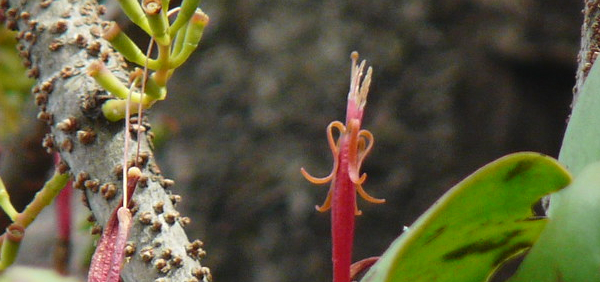kumbhi :
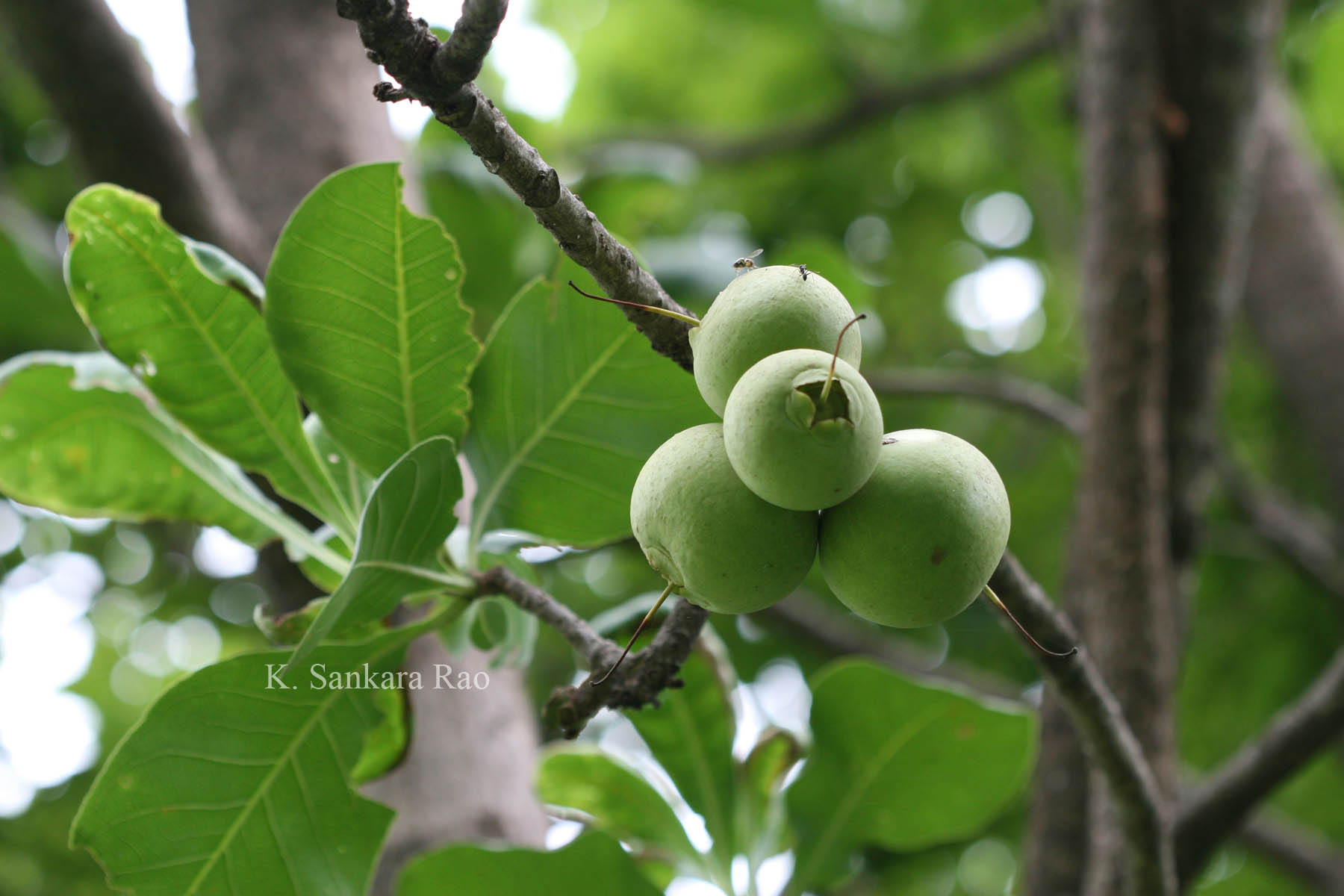
Substitute:
In colonial times in India, the fibrous bark of this tree was found to be an ideal substitute for Beech bark as matches for matchlocks.Controversy:
Species of the Planchonia genus are morphologically similar to many Barringtonia
species, resulting in the original classification of P. careya as Barringtonia careya F.
Muell. (Barringtonaceae) (1866). This classification was later changed to Careya
arborea Roxb. var. australis Benth. (alternatively referred to as C. australis F. Muell.)
in 1882, due to the morphological similarities with the genus, Careya (Barrett, 2006).
Commercial value:
-Various formulations containing C. arborea as one of the active components are available in market e.g. Hamdard Ghutti® (Hamdard Laboratories (Waqf) Pakistan), a pediatric preparation used to evacuate bowl and treat constipation of newborn and infantsThe tree yields a medium-weight to heavy hard wood with a density of 770 kg/m cubic to over 1000 kg/m cubic at 15% moisture content. Heartwood pale red to dark red-brown in older trees, sapwood wide, pale reddish-white; grain straight; texture medium and even. Shrinkage of the wood is very high, so it should be seasoned slowly as it easily develops surface checks, end splits, and is very liable to warp and twist It is moderately hard and somewhat difficult to saw, but presents no difficulties when worked with hand and machine tools. It yields a smooth finish and a good polish. The wood is durable, especially under water.
The wood is used, mainly in India and Myanmar, for general construction (house posts, planking), furniture and cabinet work, carts, mouldings, turnery, piling and agricultural implements.
- » Classification and names of kumbhi
- » Synonyms and definitions of kumbhi
- » Drug Properties of kumbhi
- » Chemical Constituents of kumbhi
- » Standardization of kumbhi
- » Parts used and Dosage of kumbhi
- » Morphology and Histology of kumbhi
- » Distribution and Conservation of kumbhi
- » Cultivation of kumbhi
- » kumbhi in the market
- » Medicinal Uses of kumbhi
- » Researches and clinical trails of kumbhi
- » kumbhi in other sytems of medicine
- » Ayurvedic formulations with kumbhi
- » Images of kumbhi


